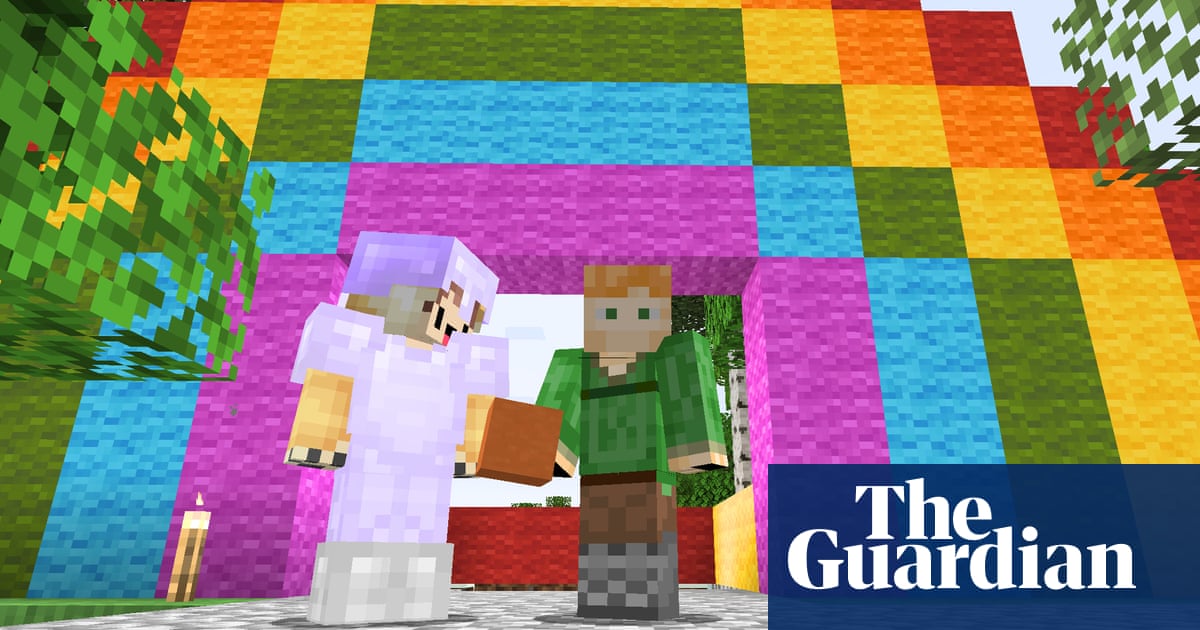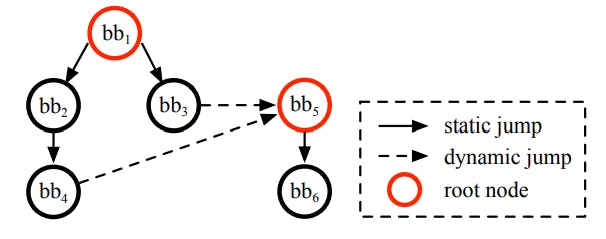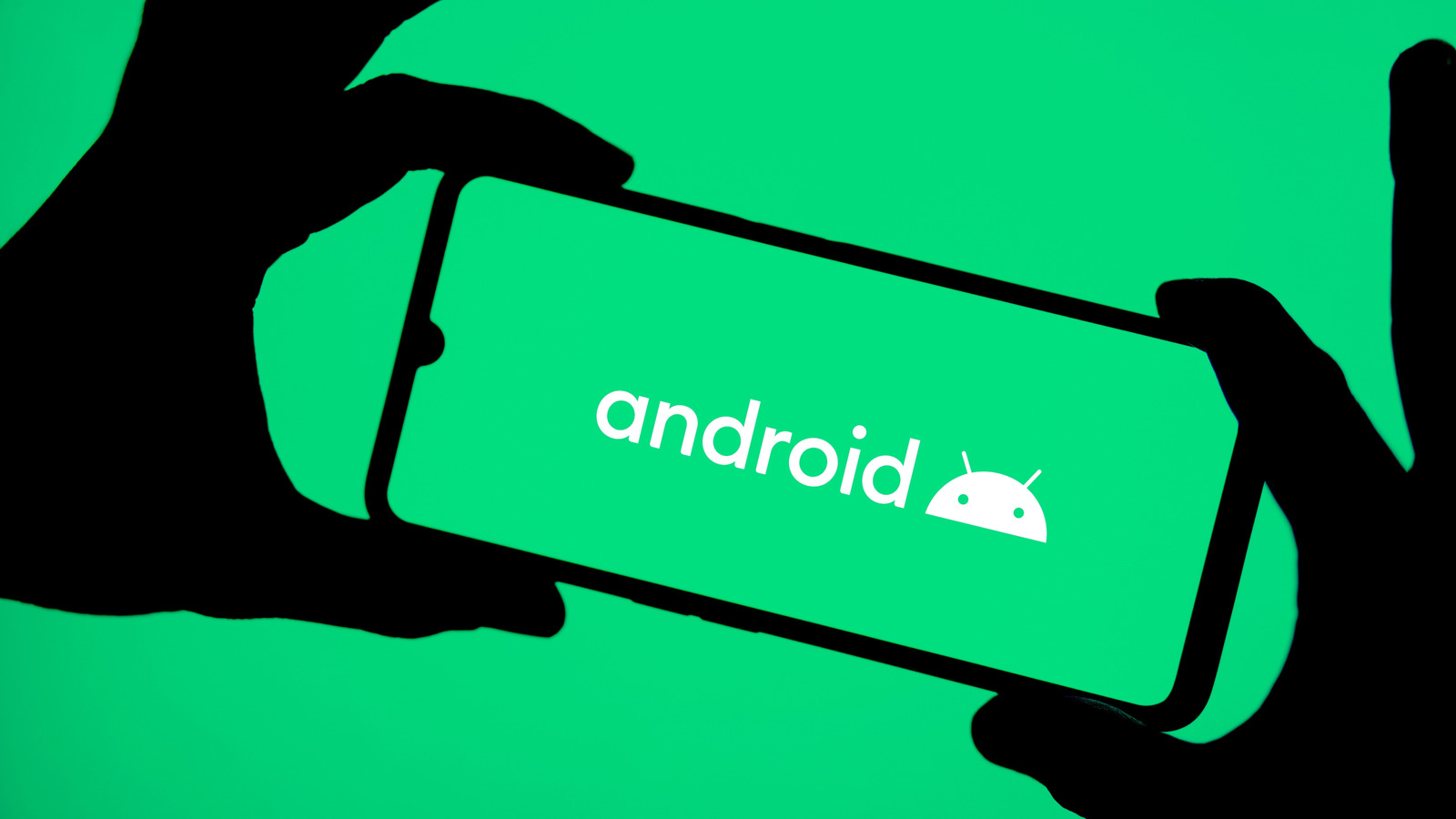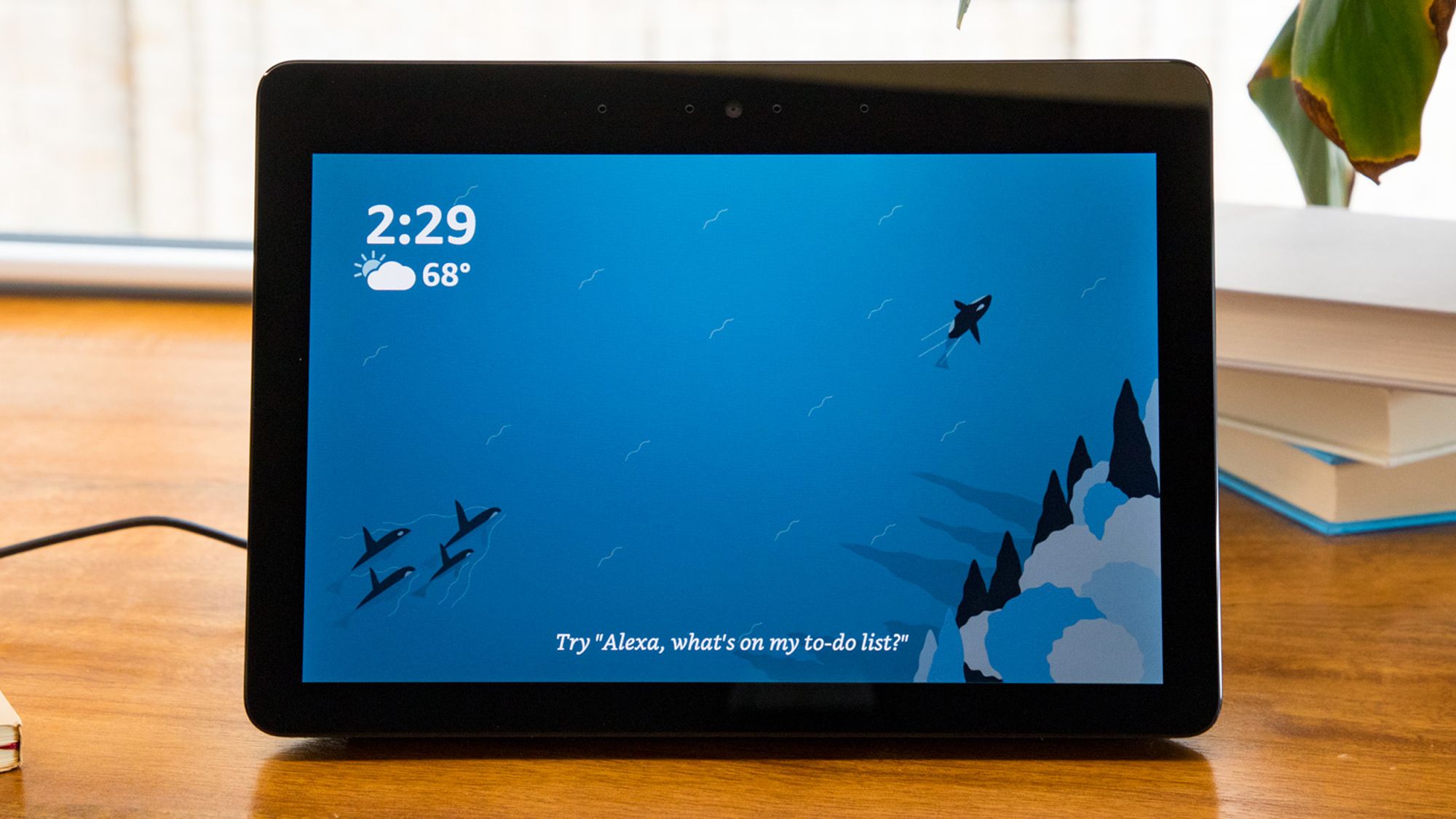Oleksii Sukhorukov’s son was 12 when the Russian invasion of Ukraine began. For months, the family existed in a state of trauma and disarray: Sukhorukov was forced to give up his work in the entertainment industry, which had included virtual reality and video games; they became isolated from friends and relatives. But amid the chaos, his boy had one outlet: Minecraft. Whatever was happening outside, he’d boot up Mojang’s block-building video game and escape.
“After 24 February 2022, I began to see the game in a completely different light,” says Sukhorukov. I discovered that Ukrainian children were playing together online; some living under Russian occupation, others in government-controlled areas of the country that were the targets of regular missile attacks; some had already become refugees. And yet they were still able to play together, support one another, and build their own world. Isn’t that amazing? I wanted to learn more about how video games can be used for good.”
Having previously gained a degree in psychology, Sukhorukov made the decision to go back to the profession, hoping to use his experiences in gaming and immersive entertainment. He is now a moderator at the Division of Cyberpsychology and Psychological Practice in Digital Environments at the National Psychological Association of Ukraine. In 2023, he set up HealGame Ukraine, a project to explore the use of video games for mental health support and emotional wellbeing. “Right now, together with Donetsk National Technical University, we are developing a Minecraft server to bring together Ukrainian children who feel especially isolated because of the war,” he says. “The server will be moderated by psychologists and social workers. We’re also planning Minecraft projects for children with special educational needs.”
Play has been a cornerstone of child therapy for almost a century, pioneered by Anna Freud, Melanie Klein and Virginia Axline. But the idea of using video games has been gaining traction since the early 2010s, led by a generation of young practitioners who grew up playing games themselves. In 2011, Massachusetts-based therapist and avid gamer Mike Langlois wrote Reset: Video Games & Psychotherapy, a book for clinicians looking to understand gaming culture and its role in the lives of children and teens. This caught the attention of UK-based counsellor Ellie Finch, who grew up playing Mega Drive games and started thinking about using games in therapy in 2012 after she began playing Minecraft with her nieces. She’d heard about advocates for video game therapy in the US, such as Langlois and Jessica Stone, and looked into the possibility of starting a pilot project in a school in London using Minecraft therapeutically. Then the pandemic hit.
“I was working in an in-person young people’s counselling service and we all suddenly had to move to working online,” says Finch. “I realised pretty quickly that providing counselling to children and young people via video calls had quite a few limitations and I noticed that many of them were playing video games. I started talking about games with them, what kind they liked, what they got out of playing, which avatars or characters they liked to play. All this helped me understand these young people better and also showed them that I was interested in their world. I could quickly see the benefit of actually being in the game with them.”
Minecraft has proved particularly useful for a number of reasons. It’s one of the most successful games on the planet, with more than 200 million players globally, so a lot of children are familiar and comfortable with it. It also has an open, highly creative structure – players can do what they want in the game’s blocky landscapes, they can gather materials and build houses, they can explore, they can fight zombies – and their decisions, aims and actions within the game all provide vital psychological and emotional insights.
Finch works by creating an online Minecraft world accessible only to her and the child or young person she’s working with. The client gets to set the parameters – some want to only play in the creative mode, with no hostile characters, some prefer a totally flat, empty landscape. “I regularly start the first session by asking my clients to create a safe place in their world,” says Finch. “This might be a house, a castle, an underwater observatory, a tree house, etc. What a client creates and how they create it helps me to learn a lot about them in that first session.”
Therapists can work with games in different ways. The session may be non-directive, where they simply follow the client in order to build a rapport and use their therapeutic skills to interpret what’s happening. “In Minecraft, this has the feeling of going on an adventure,” says Finch. “The client might want to explore a cave, or swim underwater, battle hostile mobs together, play hide and seek, build a complex machine, there are many possibilities. It can show me so much about how they might be feeling and what might be going on for them in their life.”
Therapists can also work in a directive way, where the client is given an activity that has a therapeutic or psychoeducational purpose. Recently, Sukhorukov and Ukrainian child psychologist Anna Shulha, together with the non-profit organisation Malteser Werke, ran a quest activity named WonderWorld for 11–13-year-old Ukrainian refugees living in Germany. The children often felt isolated from their peers, as well as traumatised by forced emigration. In a series of sessions, Sukhorukov and Shulha set up online Minecraft servers, with fixed objectives that spilled out into the real world. In one they had to find envelopes containing pictures of Minecraft resources, such as wheat, eggs and buckets, hidden around their dorms or in a nearby park – then they could go back to Minecraft and use these shared resources to bake cakes and craft items.
“At the end of each session, we invited the children to reflect on what positive emotions or feelings had come up for them during the game,” says Sukhorukov. “It’s incredibly interesting to observe what children build – and how they build it. Is it something bright and open, or something hidden deep underground? How do they navigate the game world? How do they react when someone gets lost or needs help? As my colleague Anna Shulha says: ‘The way a child plays is the way they live.’”
Finch echoes this idea of video game creativity – like drawing or building with Lego – as a form of communication; an expressive language. As she explains: “Children have shown me how it feels to be scared and trapped by taking me into a cave. They have created trampolines out of slime blocks to let off steam. Teenagers have used the game to explore having space away from a trusted adult by leaving me, their therapist, in their ‘safe place’ in their world while they go exploring on their own.” In 2024, she worked with the University of Cambridge Faculty of Education on a project named ‘Bridging the ChASM: Creating Accessible Services using Minecraft’ to highlight the use of games as a creative therapy tool.
A growing number of therapists are now working with video games in different ways. When I ask Sukhorukov for influential examples, he begins a breathless list: “Dr Robert Rice developed a method based on CBT, narrative therapy, and biofeedback technology where the child’s physical world can be transformed into a kind of video game, and their mission is to defeat the problem. Then there is Luke Blackwood, the creator of Legend Land, a Minecraft-based therapy world that supports autistic children living in rural areas of Australia. Catherine Knibbs is doing essential work to help us understand the digital world, cybertrauma and what actually happens to children in games.”
It’s not just Minecraft – Fortnite, Roblox and Animal Crossing are also being used. Whatever the game, it has been necessary for therapy to reflect the increasingly virtualised inner lives of our kids. “For digital natives, those who’ve grown up in a world rich with technology, digital play is simply play,” says Stone. “They use platforms, programs, and devices not as a substitute for something else, but as a primary language for creativity and connection. The fundamentals of psychotherapy don’t disappear in these spaces; they’re amplified. In many cases, I’ve learned more in a 30-minute Minecraft session, if it’s the client’s world of choice, than I might in weeks of traditional talk-based sessions.”
Finch is now looking at expanding her video game therapy beyond children and teens. She’s aware that there are now adults who are lifelong video game players and could benefit from this form of therapy: “I have had couples approach me for counselling using Minecraft as they already play it together and have seen how it helped them to relax and communicate.”
For Sukhorukov, there is something deeper going on in the relationship between Ukrainian children and Minecraft – the benefits of therapy expand outwards to the whole country. “If you search ‘Майнкрафт Україна’ on YouTube in Ukrainian, you’ll easily find videos made by Ukrainian kids and teenagers in Minecraft – about war, captivity, torture and occupation,” he says. “Some have parents or loved ones in the military, or taken prisoner. Some have family and friends living under occupation. Connections between people have been torn apart. There is not a single Ukrainian child who hasn’t been affected by the war.
“And there’s something else that may be difficult to grasp: the home towns of thousands of Ukrainian children – Volnovakha, Sievierodonetsk, Soledar, Mar’inka, Bakhmut – they now exist only in Minecraft. Children cannot write big articles about that. They cannot speak at the UN. But they have a deep need to talk – about pain, fear, injustice and death. And play is a child’s language.”









